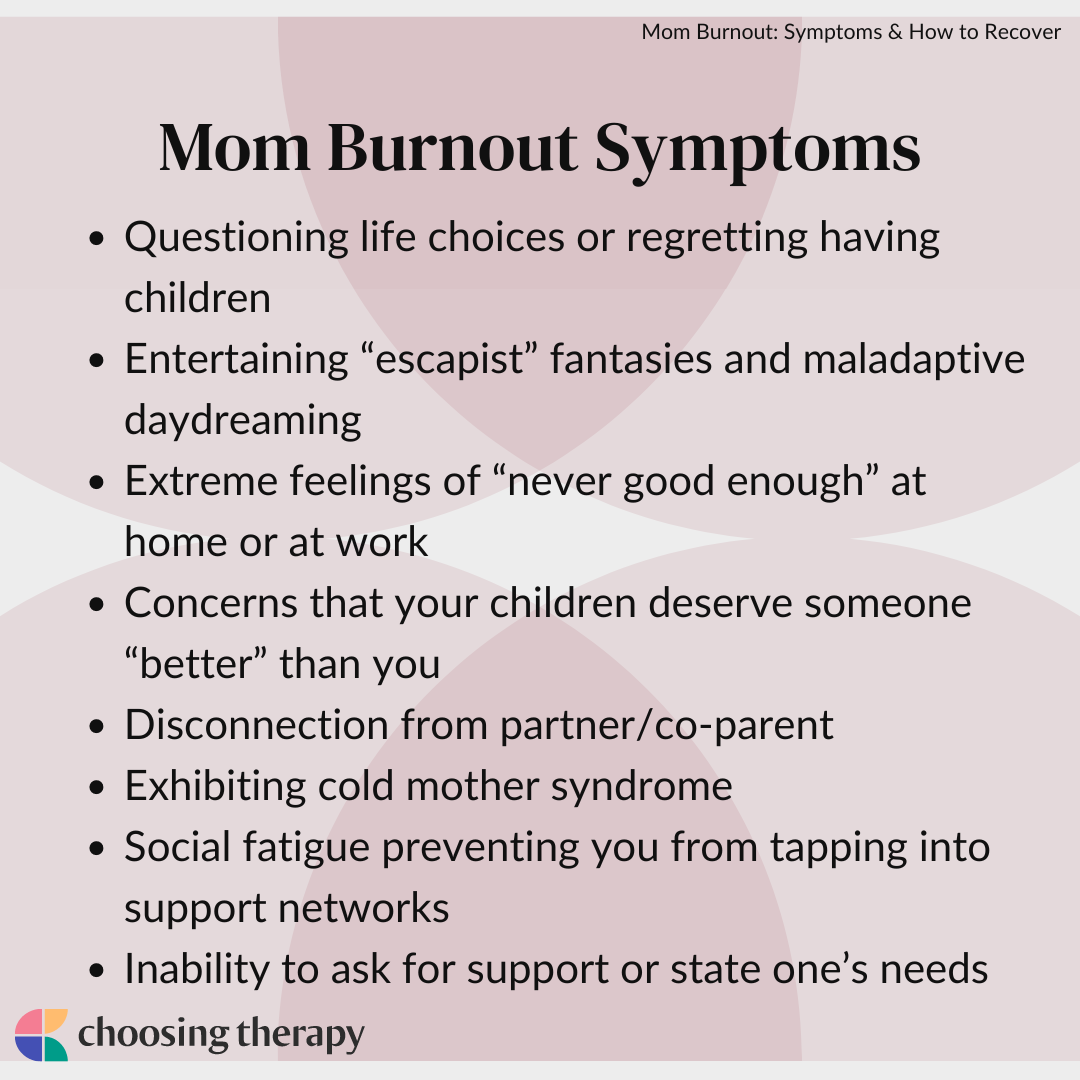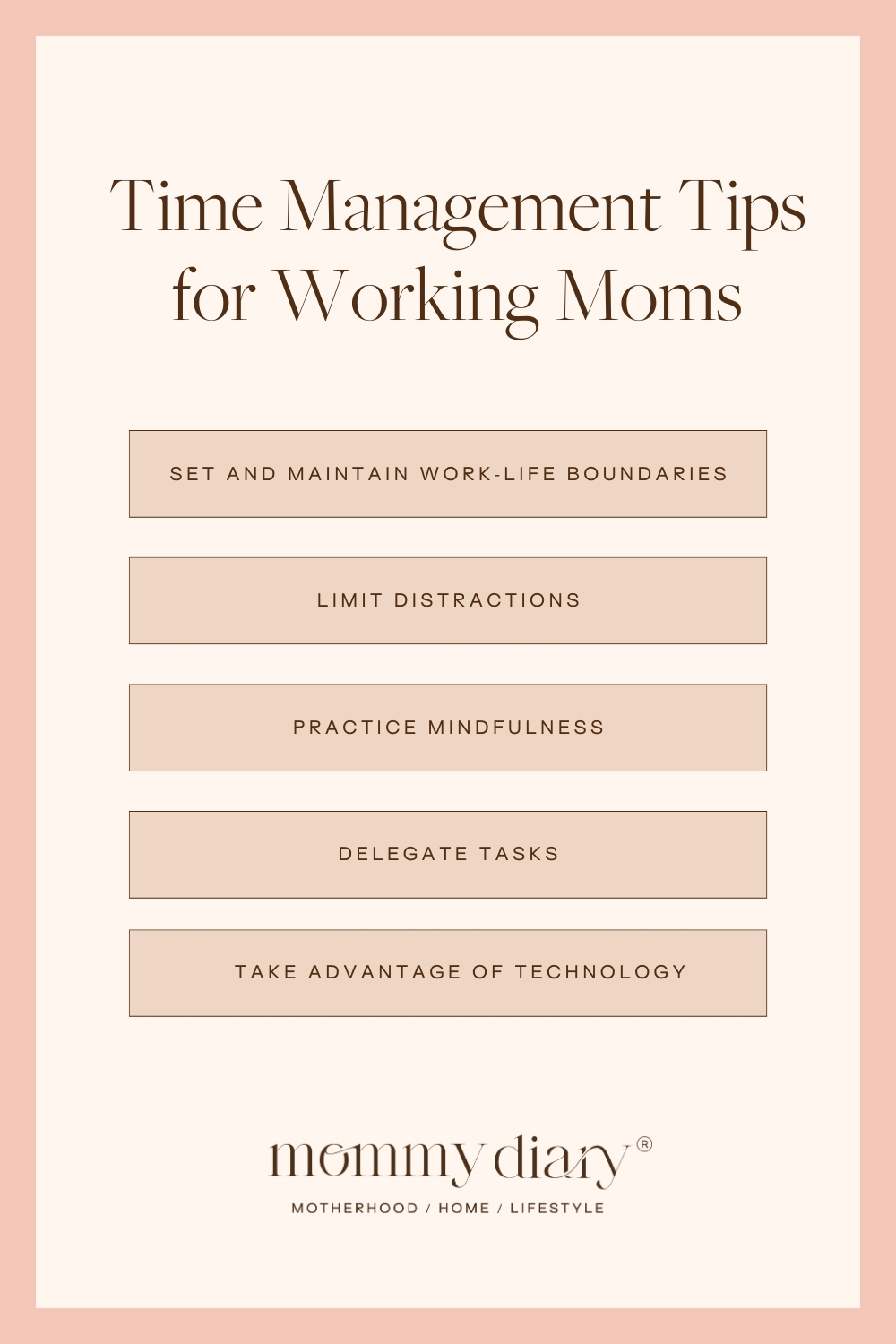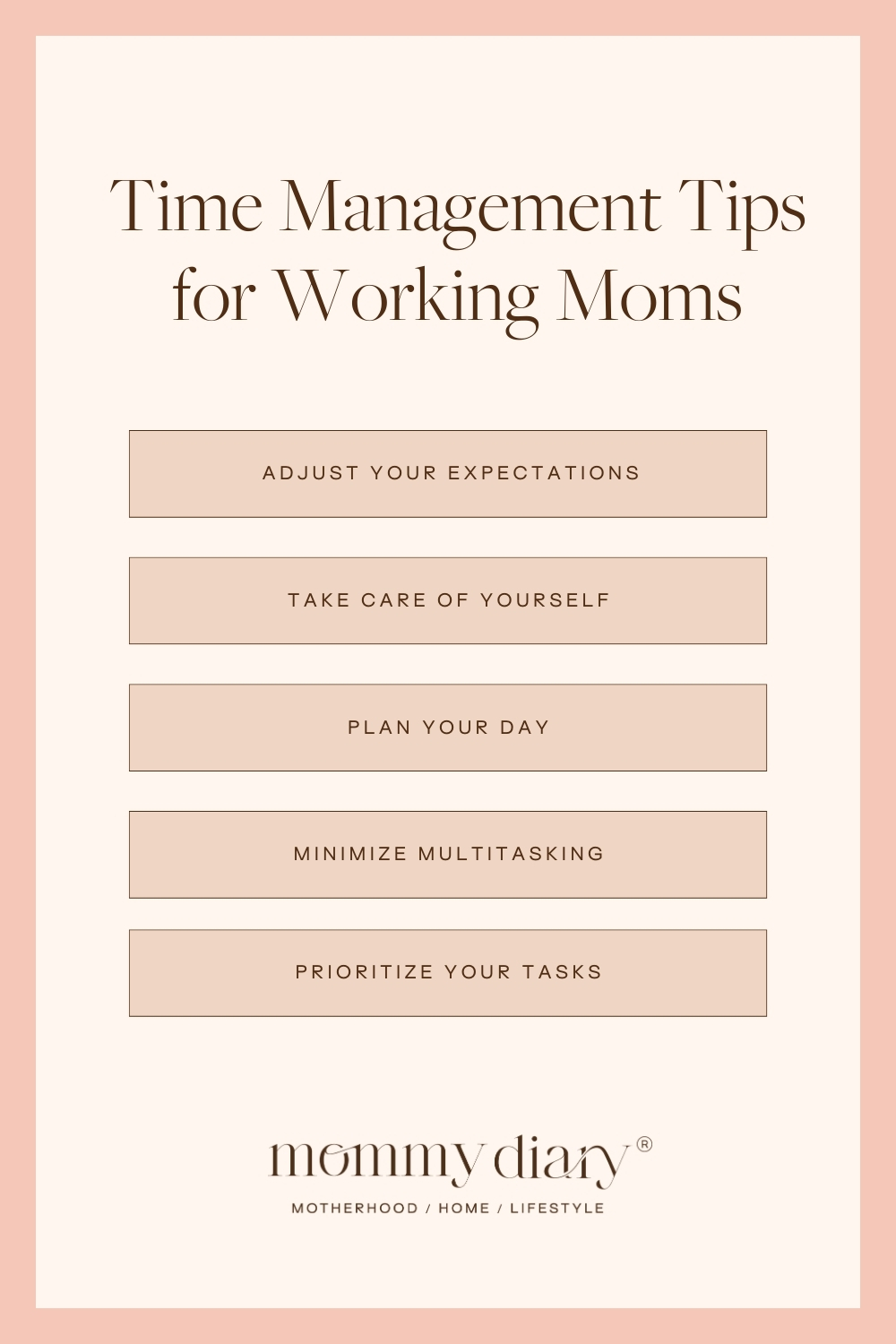Planning a monthly family meeting is simple and effective. It can transform your family dynamics.
Family meetings provide a platform to discuss important topics. They help resolve issues, share updates, and set goals. This practice strengthens communication and builds trust among family members. It’s an opportunity for everyone to feel heard and valued. In this blog post, you will learn how to plan a monthly family meeting.
We’ll cover the steps to organize it and explain its benefits. With a little effort, these meetings can improve family relationships and create a supportive environment. Ready to bring your family closer? Let’s dive in.
Benefits Of Monthly Family Meetings
Monthly family meetings are more than just gatherings. They offer numerous benefits that can improve family dynamics. Regular meetings create a space for open dialogue and shared understanding. This section explores the key benefits of these meetings.
Strengthening Communication
Monthly family meetings provide a platform for everyone to speak and listen. This encourages open and honest communication among family members. Everyone gets a chance to share their thoughts and feelings. This practice helps in reducing misunderstandings. It creates a safe space where everyone feels heard and valued.
Promoting Family Unity
Regular meetings foster a sense of togetherness and unity. When families come together to discuss and plan, they strengthen their bonds. It allows members to work as a team and support each other. This unity helps in building trust and mutual respect. Families that meet regularly are likely to have stronger relationships.
Setting Up Your Family Meeting
Planning a monthly family meeting can strengthen your family bond. It provides a platform to discuss important topics, address concerns, and celebrate achievements. To ensure your family meeting is effective, it is essential to set it up properly. Here are some steps to follow:
Choosing A Date And Time
Select a date and time that works for everyone. Consider your family’s schedule. Choose a time when everyone is usually at home. It could be a weekend or a weekday evening. Consistency helps. Try to schedule the meeting at the same time each month. This helps everyone remember the meeting.
Creating An Agenda
An agenda keeps the meeting on track. It ensures all important topics are covered. Start with a simple template. Include sections like family updates, upcoming events, and any issues to discuss. Allow everyone to add topics. This makes sure all voices are heard. Keep the agenda visible during the meeting. It helps everyone stay focused.
Effective Meeting Practices
Planning a monthly family meeting helps improve communication and strengthens relationships. It provides a dedicated time to discuss plans, share updates, and address concerns. Regular meetings foster a supportive environment where everyone feels heard and valued.
Planning a monthly family meeting can be a game-changer for your household. It keeps everyone on the same page and offers a platform for open communication. However, to make these meetings effective, you need to follow some best practices that ensure everyone feels heard and valued.
Encouraging Participation
Encouraging everyone to participate is key. Start by setting an agenda that includes topics relevant to all family members. This could range from planning a vacation to discussing chores.
Consider rotating the role of the meeting leader. One month, it could be you; the next, it could be one of the kids. This gives everyone a sense of responsibility and importance.
Ask open-ended questions to get everyone involved. Instead of asking, “Does anyone have anything to add?” try, “What do you think about our plan for the weekend?”
Keeping Meetings Positive
Maintaining a positive tone during the meeting is crucial. Focus on solutions rather than problems. For instance, if discussing chores, frame it as, “How can we make our home cleaner?” rather than, “Why is the house always messy?”
Celebrate small wins and acknowledge efforts. Did your child do well in school? Mention it. Did someone finish their chores without being asked? Bring it up. Positive reinforcement can go a long way.
End on a high note. Summarize the meeting, highlight key points, and maybe even plan a fun family activity afterward. This way, everyone leaves the meeting feeling good and looking forward to the next one.
By implementing these practices, your monthly family meetings can become a valuable tool for enhancing communication and strengthening family bonds. How will you make your next family meeting more engaging?

Credit: www.etsy.com
Frequently Asked Questions
What Are The Benefits Of Family Meetings?
Family meetings enhance communication, strengthen relationships, and foster understanding. They help resolve conflicts, encourage teamwork, and improve problem-solving skills. Regular meetings create a supportive environment, promoting emotional well-being and unity.
How Do You Structure A Family Meeting?
Start with a clear agenda. Assign roles like a facilitator and note-taker. Encourage open communication. Set time limits. Conclude with action items and follow-up plans.
What Is The Agenda Of A Family Meeting?
A family meeting agenda includes discussing important family matters, resolving conflicts, planning activities, and setting goals. It helps improve communication and strengthens bonds.
Why Are Family Network Meetings Important?
Family network meetings build strong relationships, promote communication, and provide support. They help resolve conflicts and strengthen family bonds.
Conclusion
Monthly family meetings help improve communication and strengthen bonds. They create a space for everyone to share thoughts and feelings. Scheduling these meetings ensures everyone stays on the same page. Problems get addressed early, and solutions are found together. This practice builds trust and understanding.
Regular meetings also help set family goals and celebrate achievements. So, start planning your monthly family meetings today. It’s a simple step towards a happier, more connected family.




































